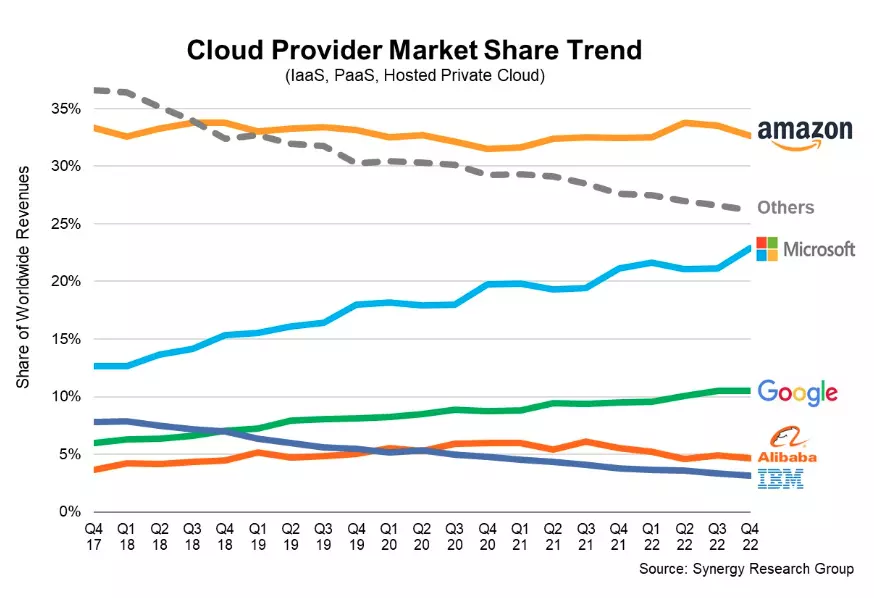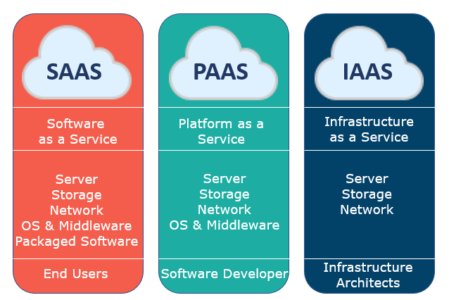Achieve Seamless Scalability With Cloud Solutions
In the ever-evolving landscape of cloud solutions, attaining seamless scalability stands as a cornerstone for modern-day organizations looking for to stay versatile and affordable. The ability to effortlessly broaden or acquire sources in feedback to transforming needs is a critical benefit in today's fast-paced electronic environment. By understanding the art of scalable cloud services, organizations can not only maximize efficiency and streamline procedures but likewise lead the way for future development and advancement. The pursuit for smooth scalability with cloud services introduces a world of opportunities for those happy to embrace the transformative power of vibrant resource monitoring.
Benefits of Cloud Scalability
Cloud scalability uses organizations the flexibility to dynamically change sources based on demand, ensuring ideal performance and cost performance. One crucial advantage is the ability to scale resources up or down rapidly in feedback to varying work. This agility makes it possible for businesses to satisfy altering customer needs without over-provisioning resources, eventually causing set you back savings. Scalability additionally enhances efficiency by ensuring that systems can take care of enhanced traffic or workload without experiencing downtime or stagnations. By successfully assigning sources, organizations can maintain high levels of performance during peak times without unnecessary expenses throughout quieter durations. Additionally, cloud scalability advertises development and trial and error by allowing services to easily examine brand-new concepts and range them as needed. This flexibility encourages a culture of continual improvement and adaptation, enabling organizations to remain competitive in a rapidly developing market landscape. Eventually, the benefits of cloud scalability expand past cost savings to include improved performance, dexterity, and development.
Trick Attributes for Scaling
Effective scaling in cloud services depends on essential features that allow companies to adjust sources dynamically based on need. One necessary function for scaling is elasticity, allowing resources to scale up or down in response to changing work. This makes sure that companies can meet performance needs without over-provisioning sources. An additional key attribute is scalability, allowing systems to take care of increased workload by including sources flawlessly. This feature is critical for suiting growth without endangering efficiency. In addition, automation plays a vital duty in scaling by automating the provisioning and de-provisioning of resources based upon predefined policies. Automation decreases human treatment, enhances effectiveness, and makes sure fast reaction to altering needs. Monitoring and analytics tools are also essential for scaling, providing understandings right into source application, performance metrics, and possible traffic jams. These devices make it possible for organizations to make enlightened choices and maximize source allowance for reliable scaling. In general, these vital features collectively empower organizations to accomplish smooth scalability in cloud solutions.
Implementing Auto-Scaling Approaches
To properly maximize source allotment and adapt to varying work, organizations need to tactically execute auto-scaling methods in their cloud solutions facilities. Auto-scaling enables systems to immediately change the variety of calculate sources based on real-time need. There are different auto-scaling techniques that organizations can employ, such as anticipating scaling, which uses historical data to anticipate future source needs, and responsive scaling, which responds to existing workload modifications.

Finest Practices for Scalability
For organizations intending to improve their scalability in cloud services, executing finest practices is crucial for optimum performance and source monitoring. One secret best technique is developing applications with a microservices architecture. This approach breaks down applications right into smaller, independent solutions that can be released, updated, and scaled independently, enabling for better versatility and scalability.
Another vital method is making use of containerization innovation, such as Docker or Kubernetes. Containers enable the packaging of applications and their dependencies into isolated devices, making it much easier to scale components separately and deploy them continually across various environments.
In addition, applying automated deployment and framework as code (IaC) can streamline scalability initiatives (linkdaddy cloud services). Automation devices like Terraform or Ansible help in provisioning and handling sources efficiently, reducing hand-operated errors and making it possible for rapid scalability
Moreover, keeping an eye on performance metrics, establishing alerts, and performing routine ability preparation are vital methods to make certain proactive scalability administration. By sticking to these ideal techniques, companies can attain smooth scalability in their cloud services while maximizing efficiency and source utilization.
Tracking Performance Metrics
When analyzing the performance of cloud services scalability, carefully checking efficiency metrics is essential for making certain optimum capability and source allotment. By continually tracking crucial efficiency signs (KPIs) such as reaction times, throughput, source, and latency application, organizations can obtain beneficial understandings right into the health and performance of their cloud framework. Keeping track of performance metrics enables the early discovery of prospective bottlenecks or concerns that can influence scalability, allowing proactive procedures to be required to address them prior to they intensify.

Conclusion
In conclusion, attaining smooth scalability with cloud solutions is crucial for companies to enhance performance, boost advancement, and keep high performance levels throughout peak times. By leveraging the benefits of cloud scalability, implementing auto-scaling techniques, utilizing vital functions such as elasticity and automation, and adhering to ideal methods like application design and efficiency tracking, services can effectively scale their systems while optimizing source hop over to here use and performance.
The quest for smooth scalability with cloud solutions reveals a globe of possibilities for those ready to embrace the transformative power of dynamic source administration.
Cloud scalability offers companies the versatility to dynamically adjust sources based on demand, ensuring ideal performance straight from the source and cost effectiveness. Another vital feature is scalability, allowing systems to handle boosted workload by adding sources perfectly.For organizations intending to enhance their scalability in cloud services, applying finest techniques is vital for optimal performance and source management.When examining the effectiveness of cloud services scalability, carefully monitoring performance metrics is imperative for making sure optimum functionality and resource allotment.